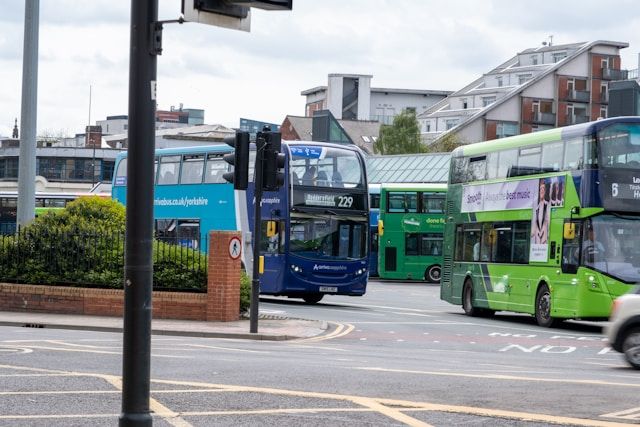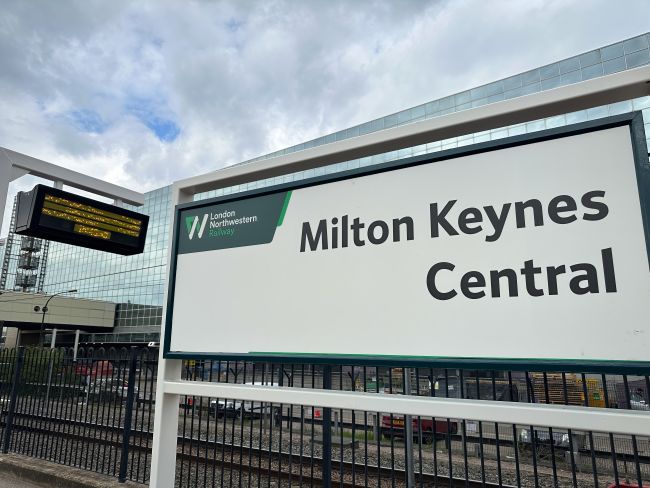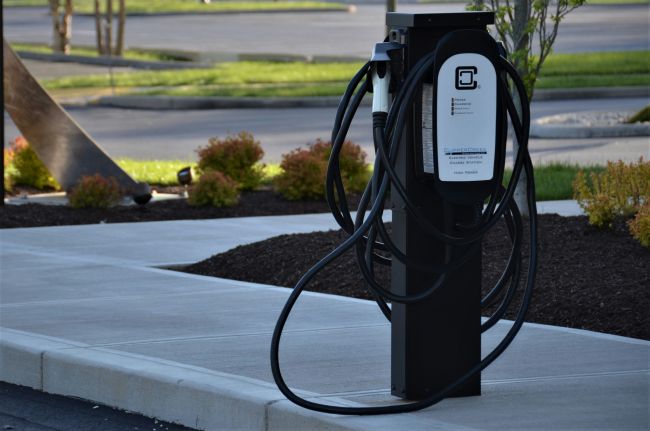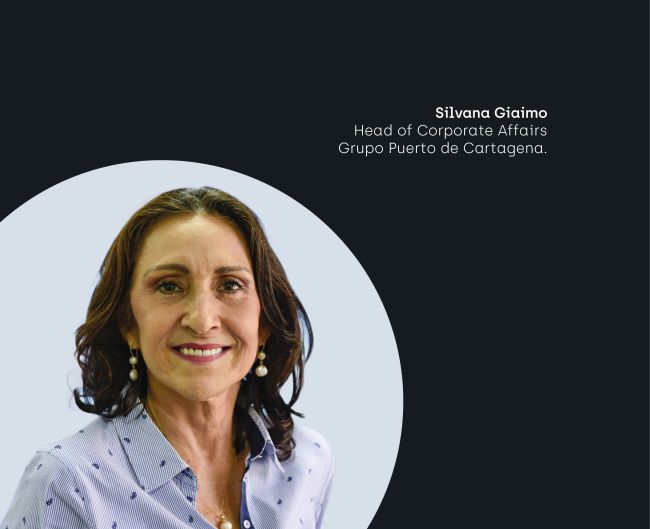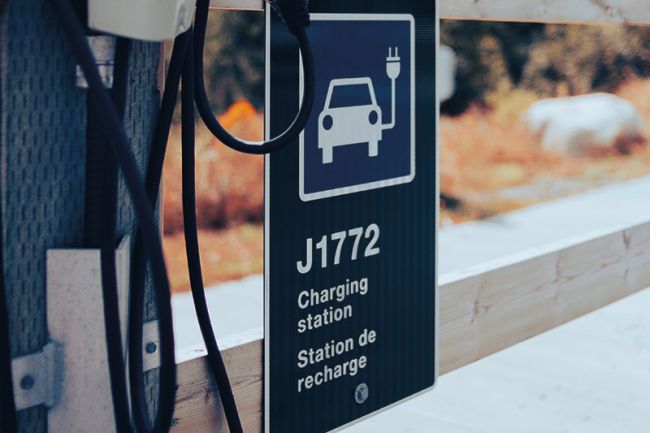Moving modelling on
In the past decade, modelling software has advanced greatly, becoming more interactive and user friendly.
In the past decade, modelling software has advanced greatly, becoming more interactive and user friendly. All the advancements happening in the technological world are being picked up by transport modelling software developers, providing modellers with the best tools possible for the job. However, their mindset also needs to evolve to incorporate the prediction of unpredictable trends and events.
Years ago, much effort was required to build even basic network models. The models built were skeletal, as there was not enough geographical information to inform the networks, and much of the work was done by hand. Presenting the outputs from those models was also complicated. A giant leap took place with modelling software becoming ‘friendlier’ and more interactive and we now have tools that can use the available software and databases and feed data directly into network models. However, it is still useful to examine where we were ten years ago, and see what was being forecasted back then about today. Compare this with what are we doing now, and it’s clear that we don’t yet have all the tools available. In theory maybe, but not in practice. Ten years ago, we might have foreseen some changes, but what we didn’t see, and what we were not forecasting correctly, was the impact of these uncertainties. Nobody saw the internet becoming such a big thing, mobile phones becoming smarter and being in every pocket and we had no real idea about the repercussions of e-commerce. We were predicting car growth as usual which started to flatten during the recession, but after the recession, traffic modellers did not predict the ‘light van explosion’ on Europe’s roads caused by the increase in delivery rates for online shopping purchases. Neither did they predict the growth and impact of car clubs and low car ownership among the 16-35 year olds which can have an impact on the way urban areas move.
Predicting trends
Our current tools are not the issue as these can evolve, rather it is knowing what trends we are likely to be trying to model in the future. Our biggest uncertainty is trend prediction. We are already observing change in mobility trends, for example, over the last 12 months there has been a big push towards autonomous vehicles and there is so much investment from so many directions that it is difficult to imagine that they won’t happen. However, the impact of autonomous vehicles is one of the uncertainties that our models are not yet geared up to handling. The modelling that we are doing now emerged from marketing and sales product launches, and their understanding of consumer choice. Our models go to the level of understanding individual behaviour, individual choices, and understand that different groups of people behave differently. But the categorisation we currently use is very simple: income, how many cars owned, how many workers in each household, etcetera. Going forward it will be more complex than that, we will need to look at much more detailed behaviour patterns. Although all this data is slowly becoming available, we are not there yet. In future, we will be sitting on much richer datasets.
Psychology on the ascent
Although the fundamental concept of understanding how different groups of people behave towards their transport choices is well established in transport modelling, modellers need to start taking into account how significant events and new trends will impact the psychology and behaviour of individuals. But the behavioural and psychological change that is needed in our profession has not yet happened in practice. Over the last five to seven, major spending on large complicated models has become a thing of the past. We are almost trying to recycle what was there five to ten years ago, and trying to keep up to speed by using more data, for example mobile phone data.
A fundamental shift
Change is happening, people are applying new techniques in other fields and soon these will be applied in transport. Models will be based less on large complicated econometrics and maps and more on psychology.
The transport models that we currently have are being used to justify an outcome and verify that we are heading in the right direction. Going forward, what probably changes, is not just the ‘how do you get to the number that justifies your decision’, it will be more about changing the context to make sure that the responses that people show are moving towards your decision. In terms of modelling tools, the responsiveness of the software manufacturers is increasing. All the big changes that are happening in the technological world are getting picked up by the transport modelling software developers. In some cases, they’re actually further ahead than the state of practice – they are able to offer us tools which sometimes we are not able to use, either because it gets too complex or because the client does not want it. The traditional transport modelling software producer of the future will be much closer to a Google-style model than they are now. Psychology will be as important as traditional transport planning ambitions. This change will probably not involve throwing out all our tools and starting again, it will be more about switching to the use of much bigger data sets and databases

